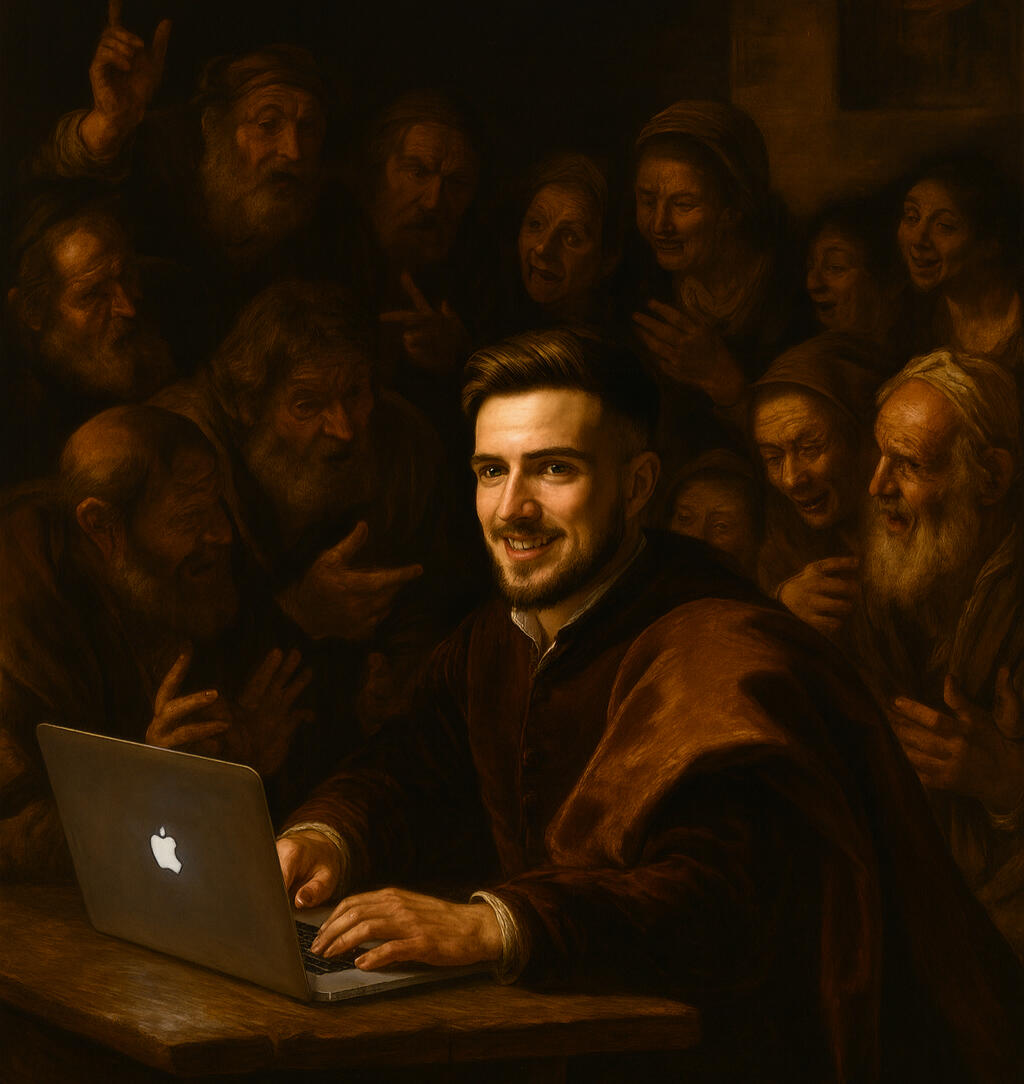Carlos Pons
Principal Consultant, Digital Strategy & AI
Helping organizations navigate a future where visual interfaces vanish, automation redefines value, and success hinges on how ethically and intelligently we act on human intent.Speaker at global conferences, guest lecturer at leading universities, and contributor to respected publications and industry platforms.

"Interfaces were maps.
Now we travel without them."